No regrets for what you haven't been, Be the ghost you want to see in the machine
In collaboration with Musculoskeletal Imaging and Top sport, Academical Medical Centre Amsterdam
No regrets for what you haven't been, Be the ghost you want to see in the machine
In collaboration with Musculoskeletal Imaging and Top sport, Academical Medical Centre Amsterdam
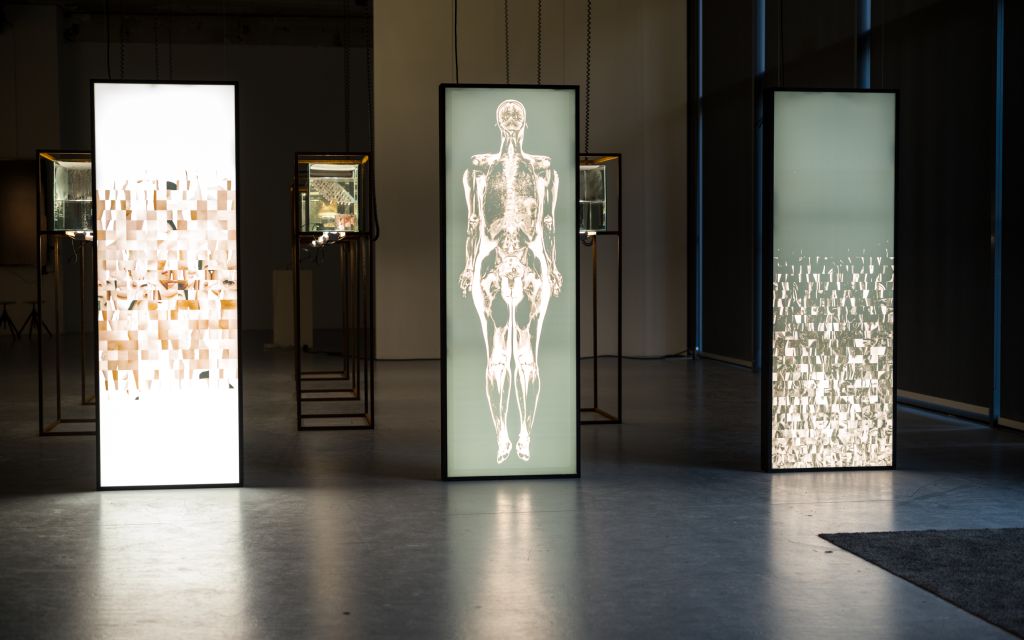
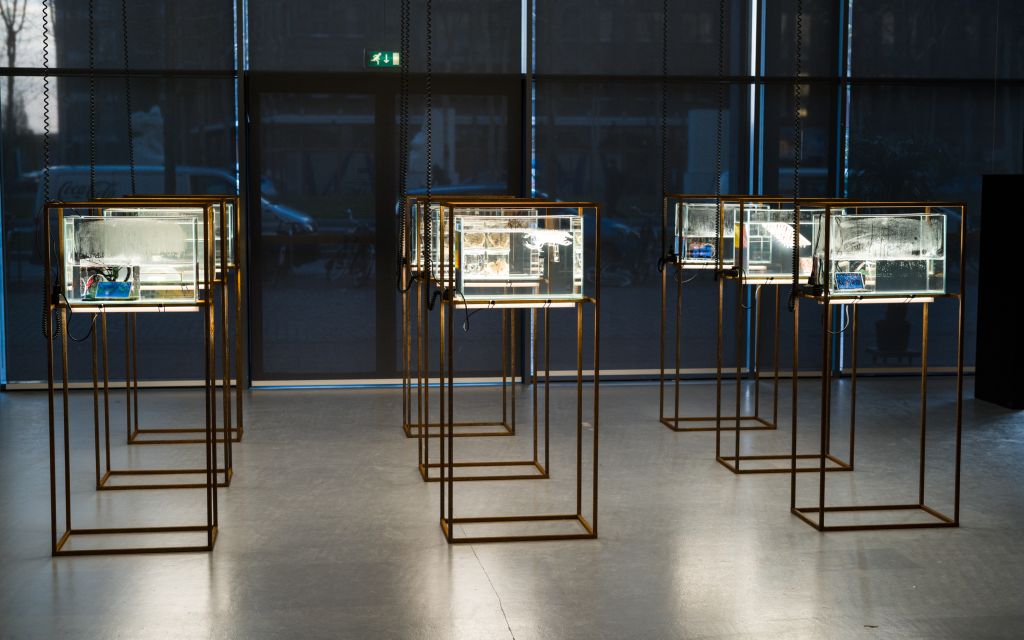
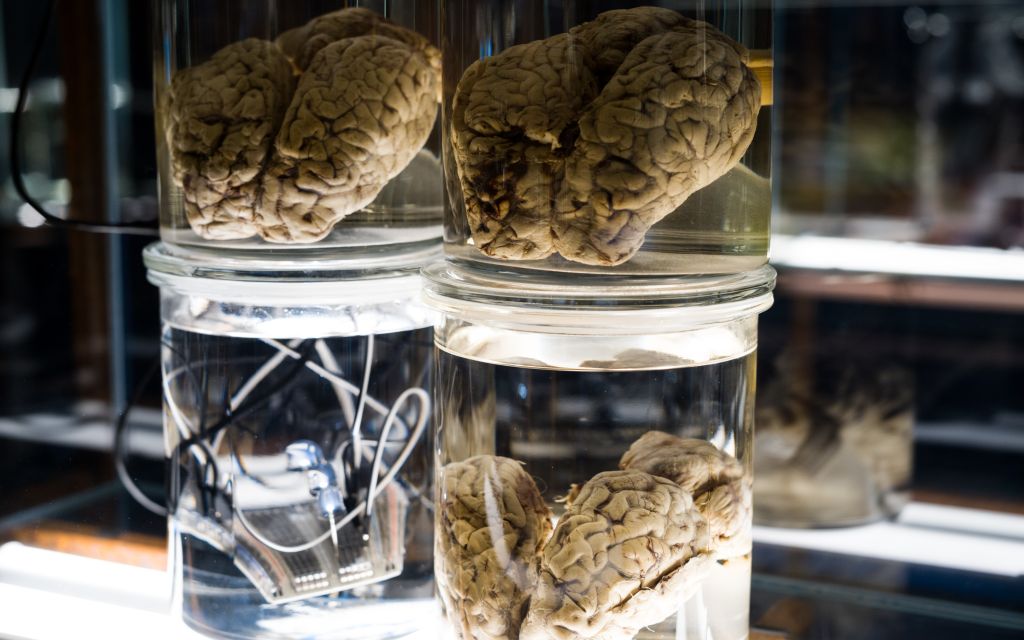
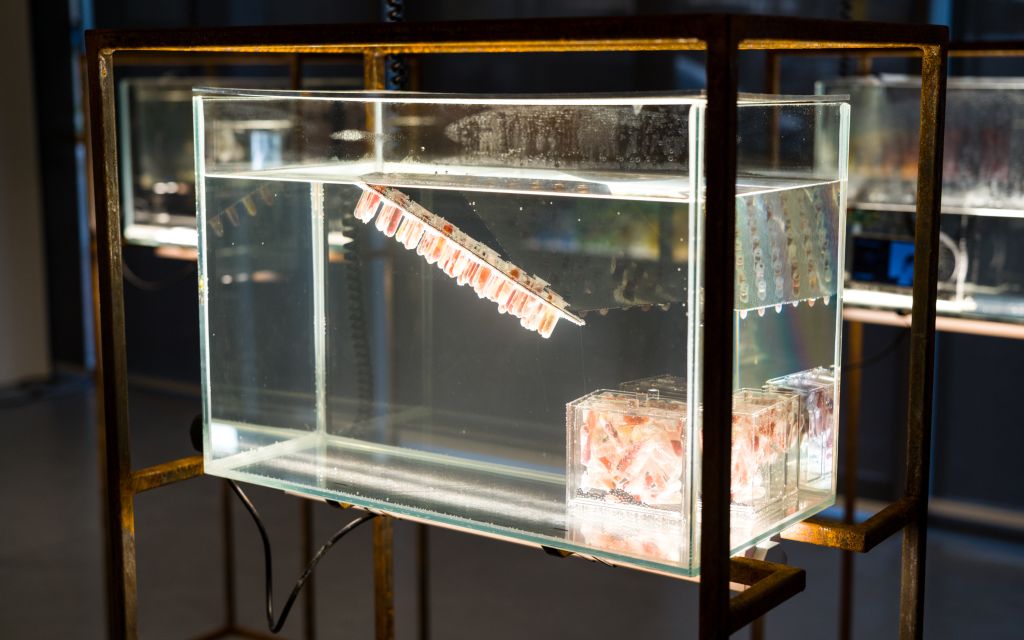
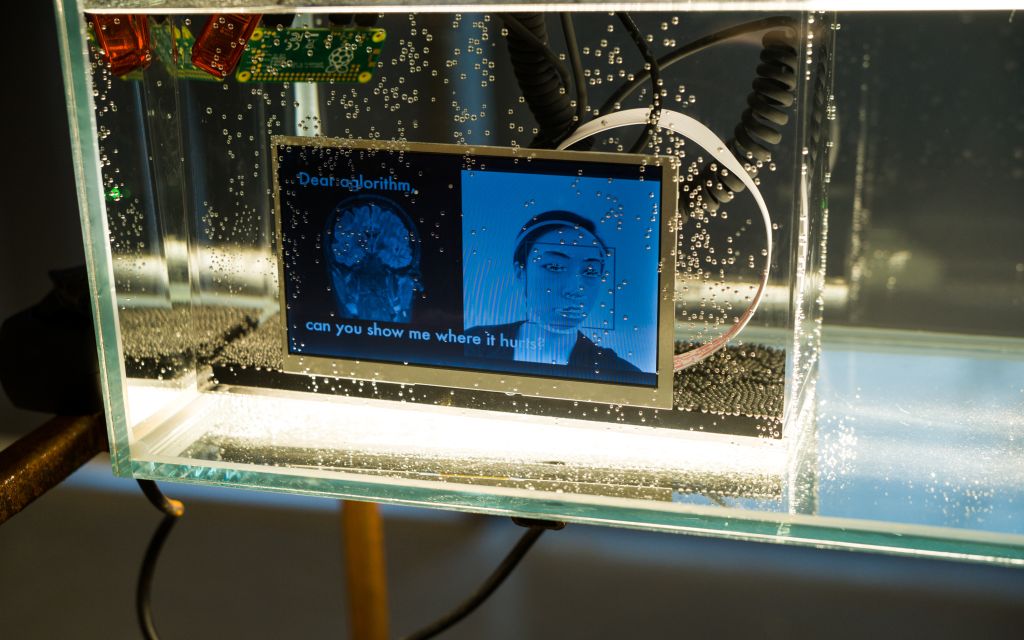
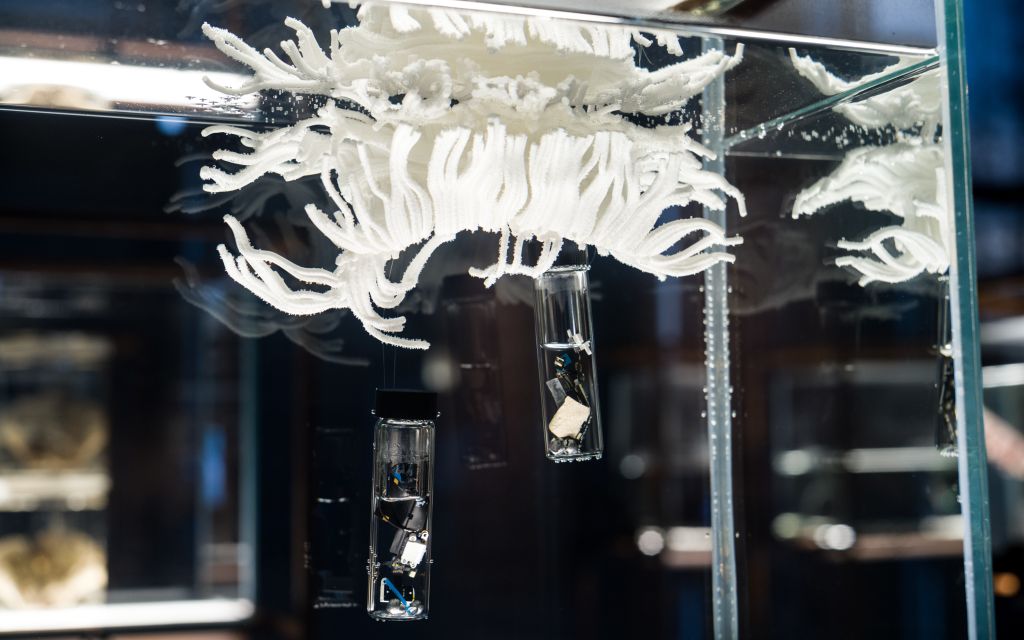
What does it mean to be human? At first glance a simple question, but the idea of being human is an unstable construct, continuously recrafted. The history of bodily depictions, both in medical anatomical drawings and in the arts often reflect the technological era that they are constructed in, revealing ways in which those technologies influence our sense of identity, especially in the understanding of the relationship between the mind, body, and spirit.
With No regrets for what you haven't been, Be the ghost you want to see in the machine artist Ani Liu and Professor Mario Maas, Matthias Cabri and Onno Baur from the Department of Radiology & Nuclear Medicine of Amsterdam UMC created a set of nine sculptures examining personhood from anatomical, physiological, genetic, biochemical, behavioral, algorithmic, personal narrative and memory. In many ways, this installation is an emotional confrontation with being quantifiable.
Recent technological innovations allow us to redesign ourselves profoundly - from networked prosthetics and artificial intelligence, to the genetic code of life itself. Question is whether we are approaching a 'posthuman' state by all of this. Can our behaviors be reduced to algorithms? Can our bodies be upgraded with nonorganic integrations? Can sentience itself be materially manufactured in a lab? Next to the sculptures Ani Liu developed three images in which her body is being examined by an algorithmic eye that determines what is 'interesting' to look at sorted by least interesting to most interesting, most interesting being the least predictable, least compressible to a computer, and most interesting being most novel. They happen to correlate strongly with what humans find interesting to look at - the algorithm always ends up prizing the eyes, breasts, vagina, lips, fingers, nostrils, then patches of skin.